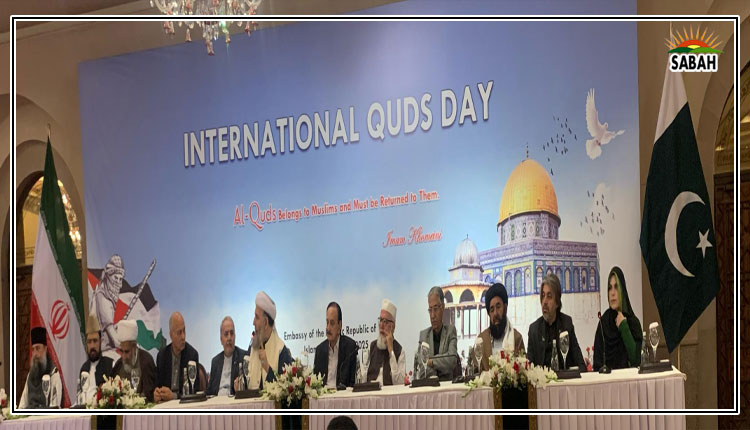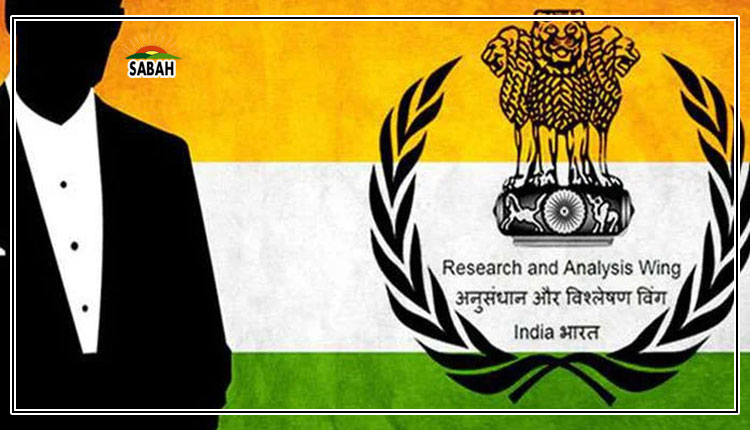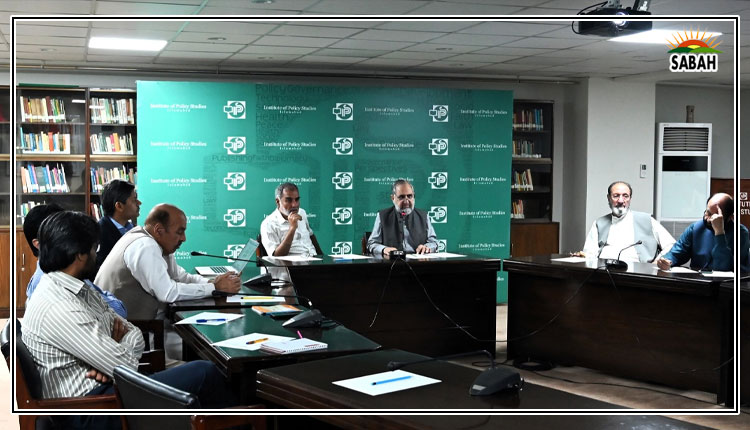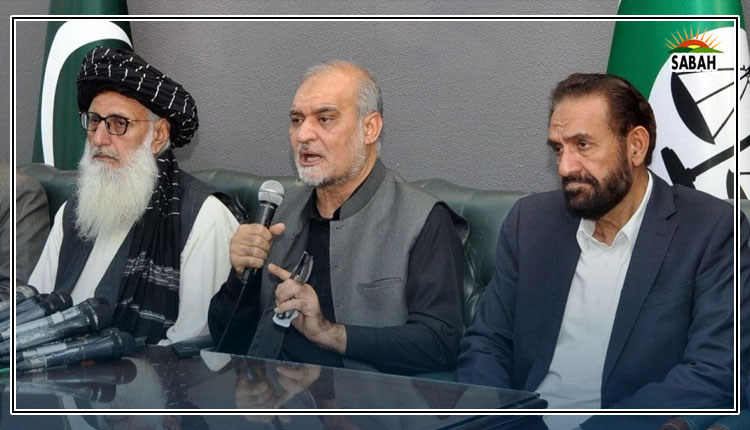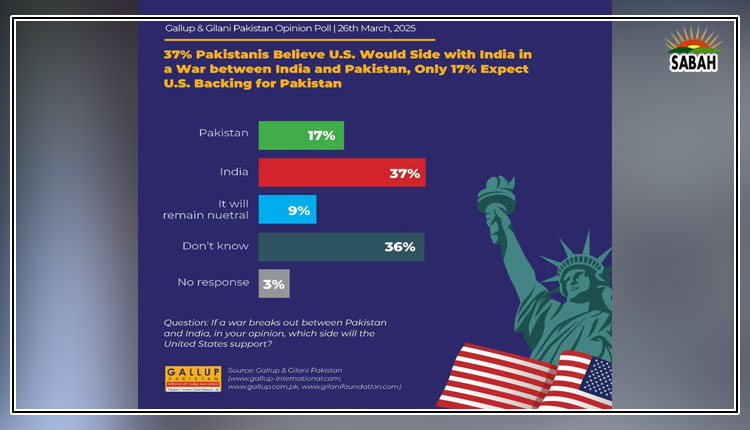Climate diplomacy …. Aisha Khan
CLIMATE change is now globally recognised as an existential threat to the planet and all life systems. Diplomacy has been used as a tool for centuries to address geopolitical issues and resolve contentious matters through negotiated agreements.
In today’s world and the current global scenario, the overarching threat of climate change makes climate and diplomacy inseparable. The use of one to step up action in the other has played a critical role in moving the needle on climate change from its inception at the Earth Summit in Rio (1992) to the Paris Agreement (2015) that finally succeeded in getting 196 countries to agree on an ‘Agenda of Solutions’.
As we move forward into uncharted territory, it is more important than ever before to forge mutually beneficial alliances to preserve nature and invest in sustainable development so that people and nature can thrive in tandem. To this end, the Conference of Parties is held annually to reach agreement on contentious issues within the Paris Agreement on the way forward. Diplomacy is in full swing at these meetings and country delegates from their respective foreign offices play an important role at these multilateral dialogues.
However, while recognising the necessity of multilateralism, it is equally important to acknowledge the need for strengthening bilateral cooperation that can promote dialogue and confidence, thereby contributing to regional stability. Cooperative and coordinated mechanisms are an investment in future peace and crisis management between and among countries that live in close proximity and are connected by land, air and water. The benefits of an integrated approach include reducing future risks, improving productivity of resources and people, boosting innovation by seeking solutions to new challenges, increasing environmental benefits and improving ecosystems.
It is more important to forge alliances to preserve nature.
South Asia is a complex and dynamic ecosystem with climate hot spots, high mountains, large glaciated areas and a vast coastal belt. It is also the least integrated region in the world with a population of approximately two billion and a large youth cohort. The geography and topography of the region makes each country an upper or lower riparian that derives its waters from the same mountain source. The type of climate-induced disasters and the coping capacity of people also have similarities that go beyond economic indicators to sharing social norms and traditional practices, especially with regard to gender, access and opportunity.
Air pollution is a transboundary issue and a common concern that is rapidly eroding the environmental integrity of urban centres and putting glaciated areas under threat causing damage to human health and accelerating the melting of glaciers. All of the above make a compelling case for collaboration.
Under a rapidly warming world with high humanitarian stakes, it is time for countries in South Asia to prioritise policies based on the urgency of the crisis and plan accordingly. Climate diplomacy is the best tool for re-evaluating and recalibrating relationship dynamics taking into account the scope of the climate threat, its impact on communities and the capacity of states to manage it on a stand-alone basis. Given the interconnectedness of the landmass, climate impacts will have a spill-over effect making the future risky at best and hazardous at worst.
The recent climate stocktake in Dubai and the post-election scenario in Pakistan, Bangladesh and India present the region with a new opportunity to explore the potential of developing a regional climate vision strategy that offers practical cooperative solutions for safeguarding the natural resources of South Asia and protecting human life.
Given the truncated and traumatic history of the region, this may not be easy but using climate as an entry point and diplomacy as a tool can open windows for constructive conversations.
The courts in Pakistan and India have recognised climate change as a human rights issue and justified this rights-based approach by linking the state’s obligation to take precautionary measures to mitigate the adverse effects of climate change. This shift in constitutionalising climate change offers a unique opportunity to both countries to address the challenge jointly and use it to deliver on an agenda that is seen not only as an exogenous threat but as a core legal and ethical responsibility of the state towards its citizens. Cooperation and collaboration on approaches that support sustainable development, protect the rights of people and nature, ensure that decisions on climate change are equitable and develop better understanding of the problem and solutions to environmental issues can only be a win for all.
The writer is chief executive of the Civil Society Coalition for Climate Change.
aisha@csccc.org.pk
Courtesy Dawn, July 11th, 2024


